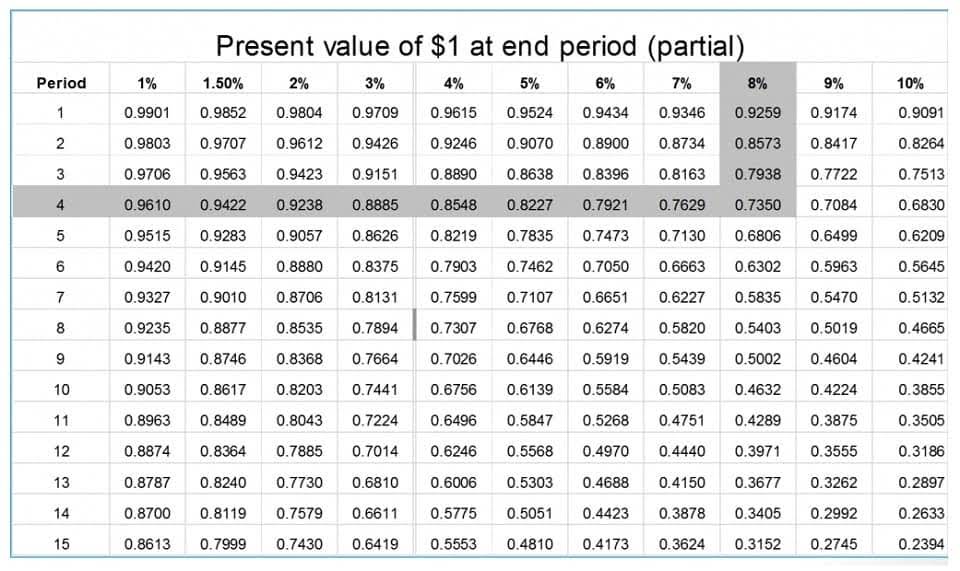
In the opposite fashion, if you have a small or negative number, it means there is little or nothing left as profit from your business transactions. A negative result is a sign that the company is running at a loss and in financial distress. If the situation is not rescued, it can cause the company to become unable to operate and go bankrupt.
Massive Liquidity
It involves subtracting the total current liabilities from the total current assets. A positive net working capital indicates that a company has enough current assets to cover its current liabilities, while a negative net working capital suggests a potential cash flow issue. On the other hand, net working capital is a more specific measure that focuses on the difference between current assets and current liabilities, excluding short-term debt. By excluding short-term debt, net working capital provides a clearer picture of a company’s ability to pay off its short-term obligations using its current assets alone. To calculate working capital, you’ll need to understand your business’s current assets and current liabilities. If you’ve ever created a balance sheet for your business, you may be familiar with assets and liabilities.
. What does the change in working capital on the balance sheet represent?
- The ideal position is to have more current assets than current liabilities and thus have a positive net working capital balance.
- The result is the amount of working capital that the company has at that time.
- Promptly invoicing customers and following up on overdue payments can help improve accounts receivable turnover.
- Implementing inventory management techniques, such as just-in-time (JIT) inventory, can help reduce excess inventory and improve cash flow.
- Interpreting net working capital is crucial for businesses as it can help identify financial strengths and weaknesses.
- On SoFi’s marketplace, you can shop top providers today to access the capital you need.
Given the step function used in our model, the formula to calculate the incremental NWC is constant. The net working capital (NWC) of the company is increasing by $2 million each period. We’ll now move to a modeling exercise, which you can access by filling out the form below.
Control Accounts Payable

Learn how to use Excel formulas like SUBTOTAL to calculate sums, averages, and more on visible cells only, ignoring hidden or filtered data. Learn how to replace 0 with blank in Excel using simple formulas like IF and REPLACE. Current assets are any assets that can be converted to cash in 12 months or less. Depending on the state where your business is located and other attributes of your business and the loan, your business loan may be issued by a member of the OnDeck family of companies or by Celtic Bank. The result expresses the change as a percentage—i.e., the percentage change. When you manage your working capital, you can track the increase or decrease in the working capital ratio.
Working Capital Formula: What It Is and How To Calculate It

When the working capital stays negative for a long while, it can be detrimental to the company’s financial health. For instance, if a company has current assets worth $150,000 and current liabilities worth $110,000, then it will have $40,000 as its working capital. A ratio less than 1 is considered risky by creditors and percentage change in working capital formula investors because it shows the company isn’t running efficiently and can’t cover its current debt properly. A ratio less than 1 is always a bad thing and is often referred to as negative working capital. This calculation gives you a firm understanding what percentage a firm’s current assets are of its current liabilities.
Net Working Capital Calculation Example (NWC)
For example, if it takes an appliance retailer 35 days on average to sell inventory and another 28 days on average to collect the cash post-sale, the operating cycle is 63 days. For instance, if NWC is negative due to the efficient collection of receivables from customers who paid on credit, quick inventory turnover, or the delay in supplier/vendor payments, that could be a positive sign. In the absence of further contextual details, negative net working capital (NWC) is not necessarily a concerning sign about the financial health of a company.
How to Optimize Working Capital Management
The change in NWC is calculated by subtracting the current period NWC balance from the prior period NWC balance. Based on the computed NWC figures, the current operating liabilities of the company exceed the current operating assets. The incremental increase in net working capital (NWC) implies more cash is tied up in operations, reducing the free cash flow (FCF) of a particular company.
Positive Working Capital
Microsoft Excel is a powerful tool for working with numbers and performing mathematical calculations. Whether you’re analyzing sales data, creating a budget, or tracking student grades, knowing how to calculate percentages in Excel is essential. In this guide, we’ll cover the key formulas you need to master percentage calculations in Excel. Imagine if Exxon borrowed an additional $20 billion in long-term debt, boosting the current amount of $40.6 billion to $60.6 billion. The amount would be added to current assets without any debt added to current liabilities; since current liabilities are short-term, one year or less, and the $40.6 billion in debt is long-term.
Current Assets Can Be Written Off
- Subtract the latter from the former to create a final total for net working capital.
- For example, items such as marketable securities and short-term debt are not tied to operations and are included in investing and financing activities instead.
- As you can see, Kay’s WCR is less than 1 because her debt is increasing.
- If a company chooses to spend more on inventory to increase its fulfillment rate, it will use up more cash.
- Another financial metric, the current ratio, measures the ratio of current assets to current liabilities.
It shows how efficiently a company manages its short-term resources to meet its operational needs. Positive change indicates improved liquidity, while negative change may signal financial difficulties. With a working capital deficit, a company may have to borrow additional funds from a bank or turn to investment bankers to raise more money. In simple terms, working capital is the net difference between a company’s current assets and current liabilities and reflects its liquidity (or the cash on hand under a hypothetical liquidation). The Incremental Net Working Capital (NWC) measures the percent change in a company’s operating current assets and current liabilities relative to its change in revenue.

This means that the firm would have to sell all of its current assets in order to pay off its current liabilities. Ultimately, changes in net working capital impact a company’s cash flow and financial health, highlighting the importance of monitoring these fluctuations for effective financial management. Accounts receivable days, inventory days, and accounts payable days all rely on sales or cost of goods sold to calculate. If either sales or COGS is unavailable, the “days” metrics cannot be calculated. When this happens, it may be easier to calculate accounts receivables, inventory, and accounts payables by analyzing the past trend and estimating a future value.
![]()







